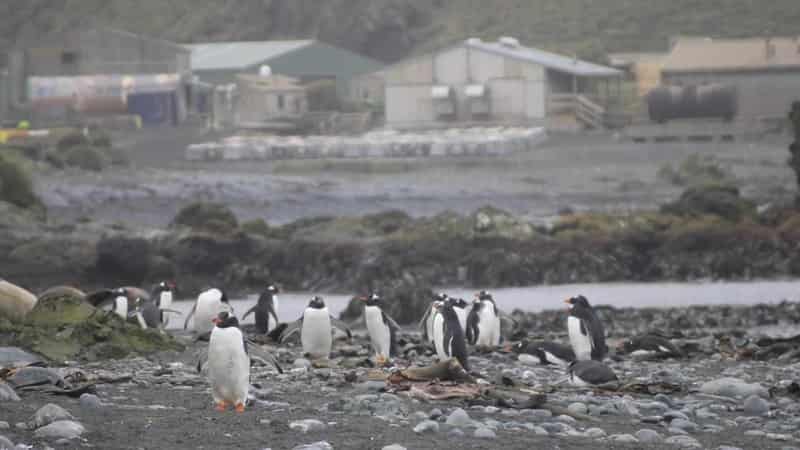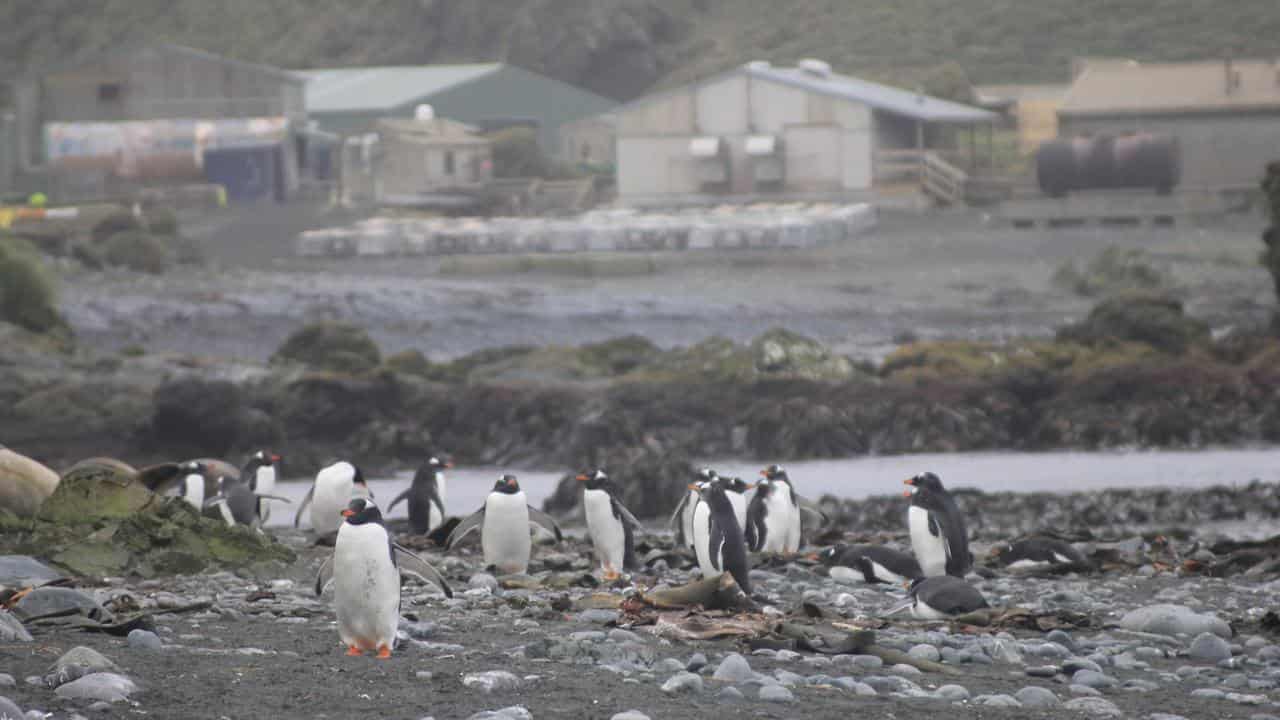
It is a case of "not if but when" a devastating strain of avian influenza reaches Australia's Antarctic territory and a World Heritage Southern Ocean island.
The Australian Antarctic Division hosted a multi-agency workshop at its Hobart headquarters on Wednesday to plan for the possible arrival of H5N1.
The strain was in February confirmed in Antarctica for the first time in birds in the continent's west, the opposite side of Australia's territory.
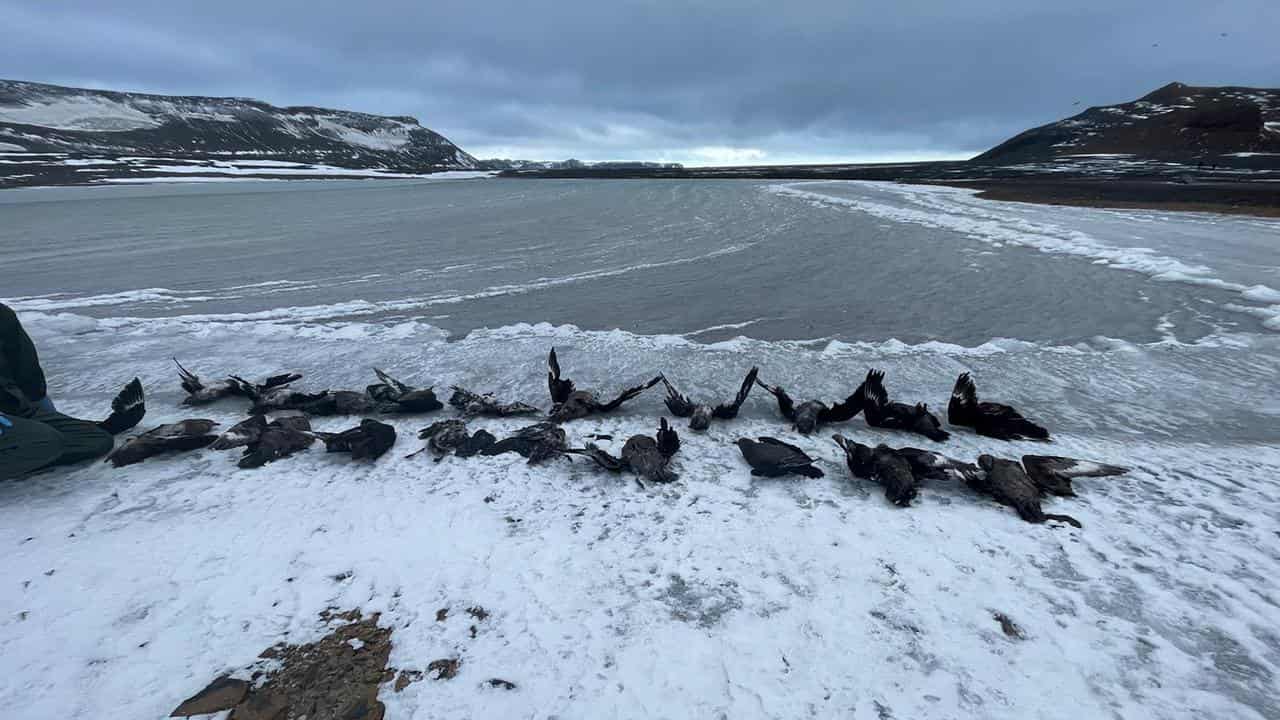
It has killed an estimated 650,000 native birds in South America since 2022 as well as 30,000 sea lions and 17,000 southern elephant seal pups.
Seabird ecologist Louise Emmerson said there was a chance H5N1 could arrive in Australia's Antarctic territory or Macquarie Island in the Southern Ocean in spring.
"That's when the migratory species come back to those colonies," Dr Emmerson told reporters.
"We don’t know the specifics ... we don’t have trackers on every bird.
"(But) we need to assume there is a chance it’ll get there this spring - if not this spring, it is going to be in the coming years.
"It's not a matter of if but when it arrives."
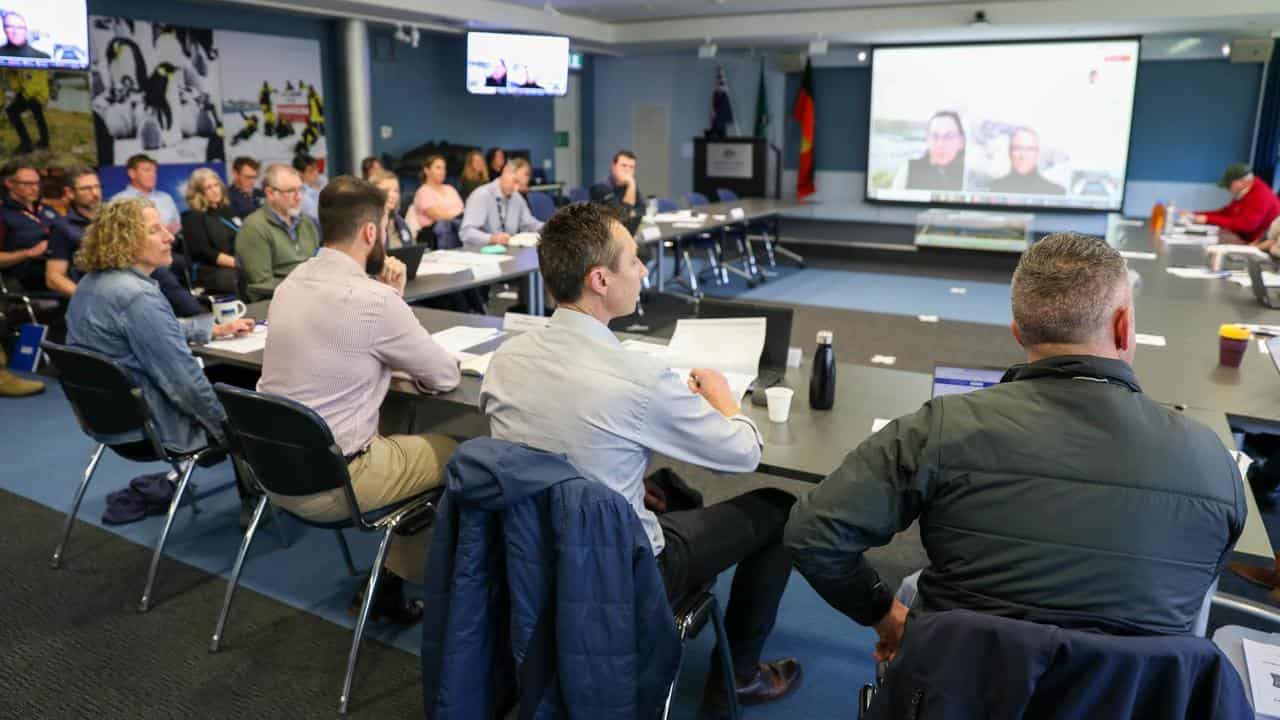
Dr Emmerson said it was difficult to predict the impact of the strain, which was not currently in Australia and could in rare cases be transmitted to people.
The federal government has invested $6.9 million into safeguarding against avian influenza, including $1.1 million to extend a national wild bird surveillance program.
Robb Clifton, head of operations at the division, said the organisation wanted to get on the front foot and had learned from COVID-19.
"Logistics to Macquarie Island and Antarctica aren’t easy," he said.
"We’ve had to do a lot of thinking in advance."
Mr Clifton said protecting people, wildlife and further spread to mainland Australia formed a crucial part of scenario modelling.
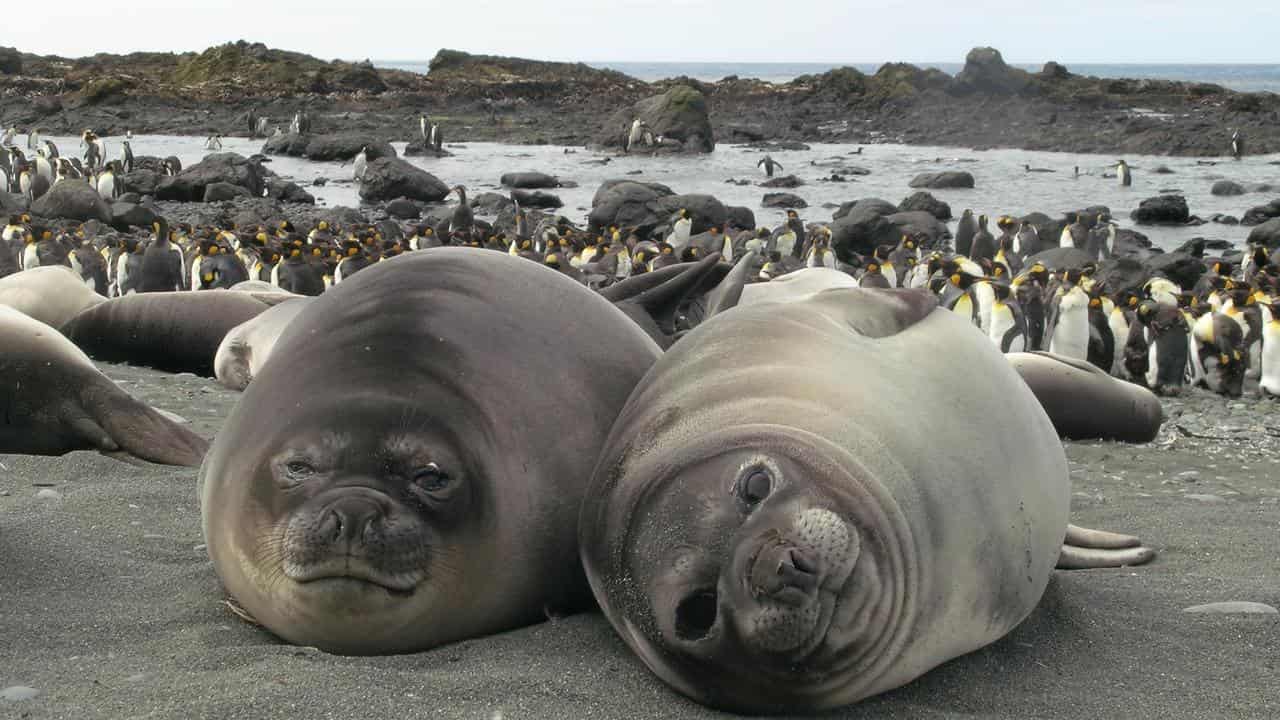
Wildlife experts will be sent to Antarctica in spring to check for signs of avian influenza throughout summer breeding, while Macquarie Island monitoring occurs year-round.
Macquarie Island, a World Heritage outpost about halfway between Tasmania and Antarctica, contains a research station.
It is a haven for penguins, seals and seabirds and recently celebrated a decade since being declared pest-free.
In July, Spanish scientists confirmed H5N1 cases in elephant seals at the South Shetland Islands near Antarctica.
"What we do know is spring and going into summer we get a lot more wildlife moving around the sub-Antarctic," Mr Clifton said.
"We know the risk of (transmission) is going up."
